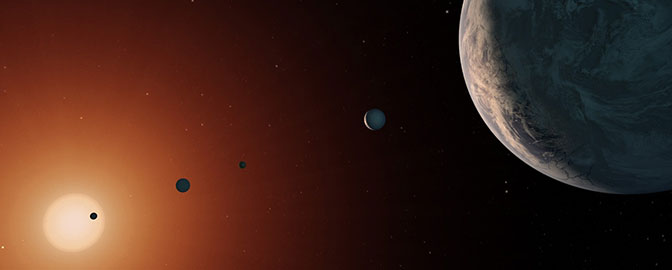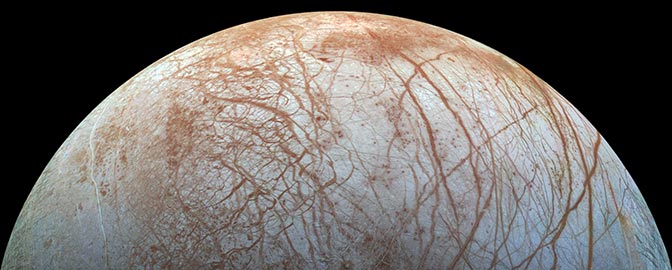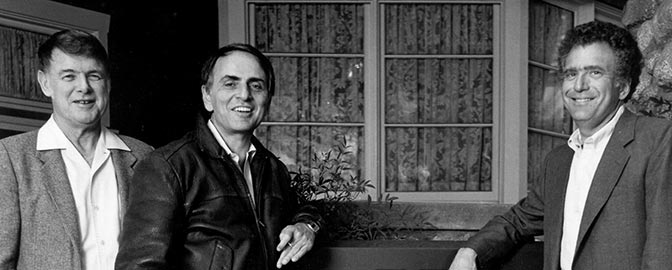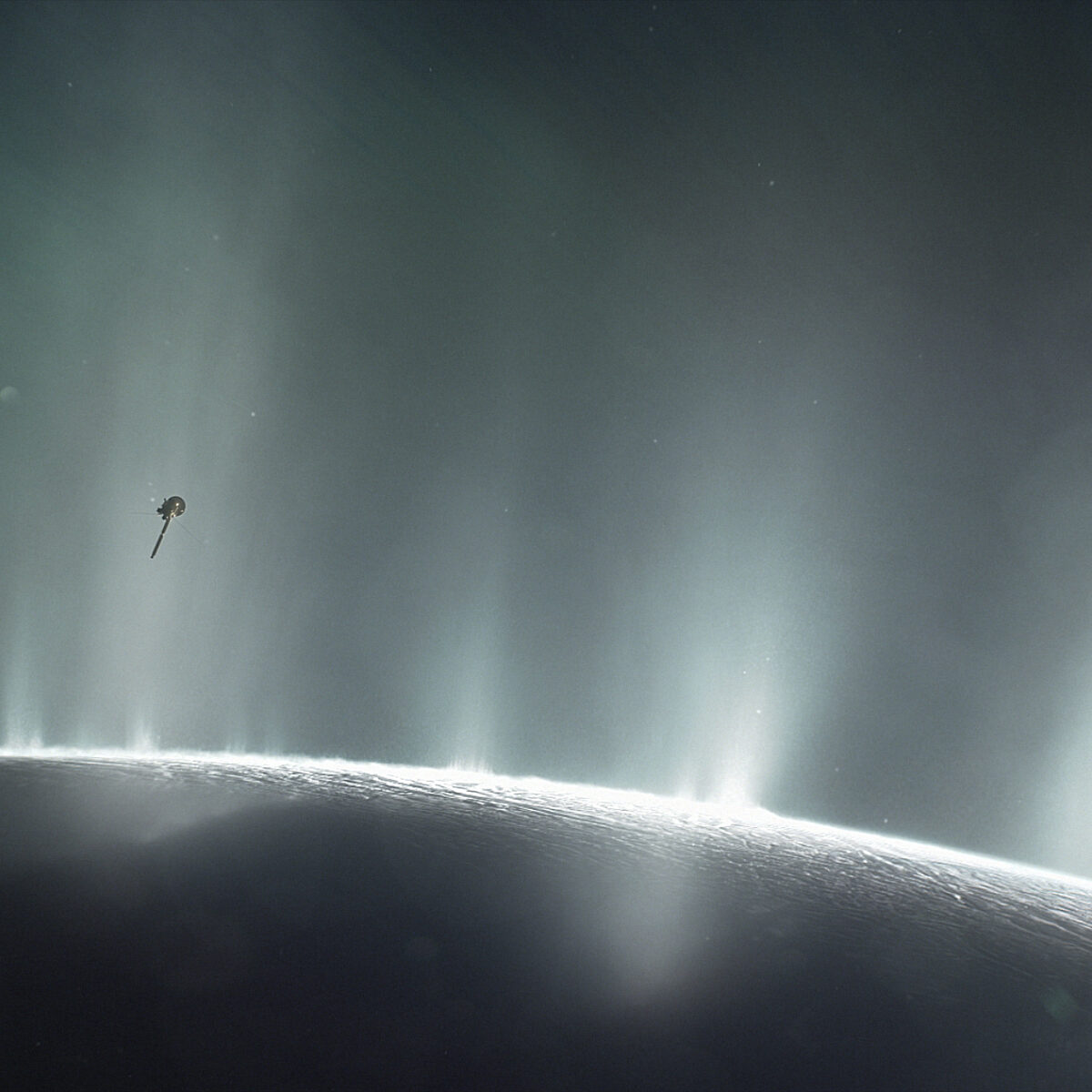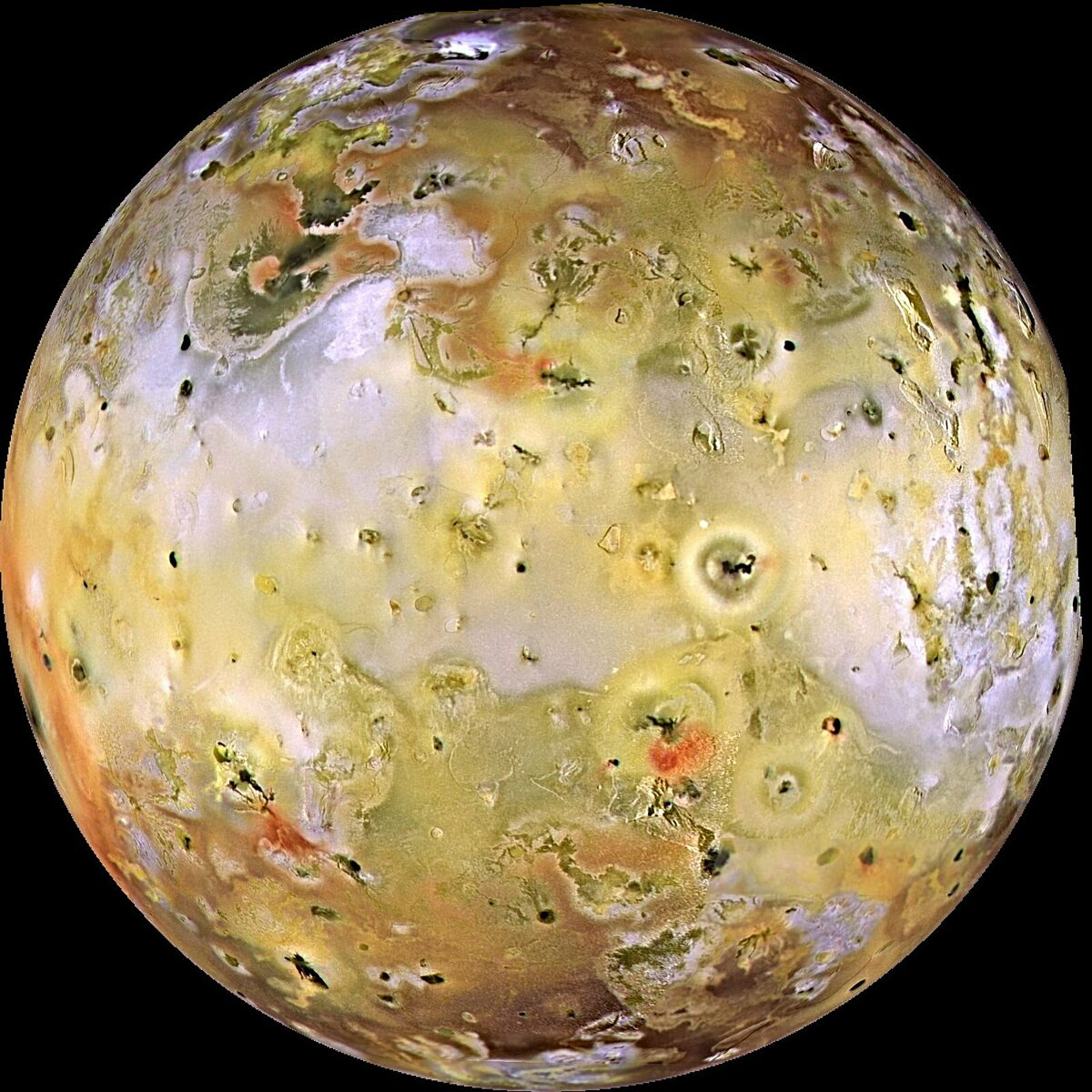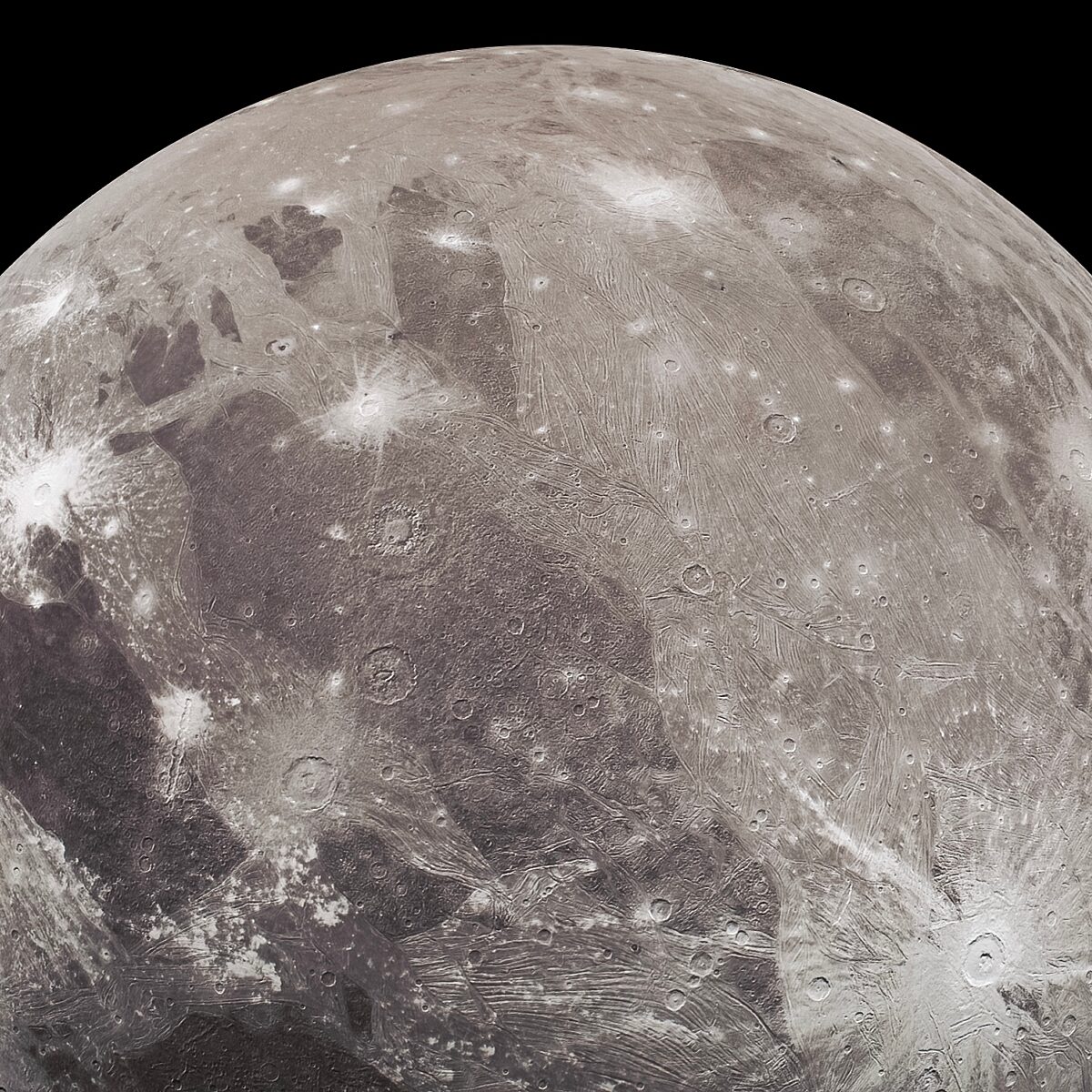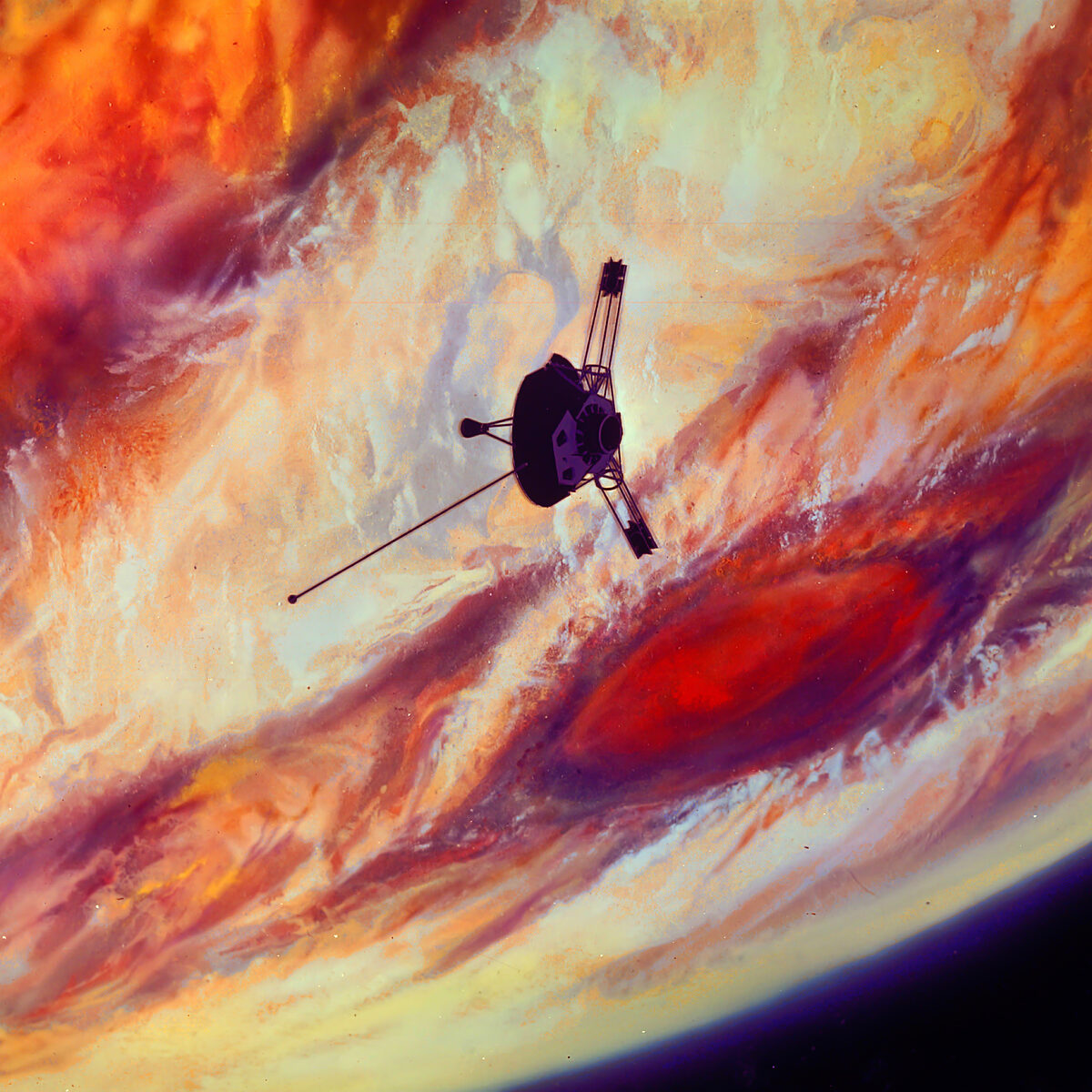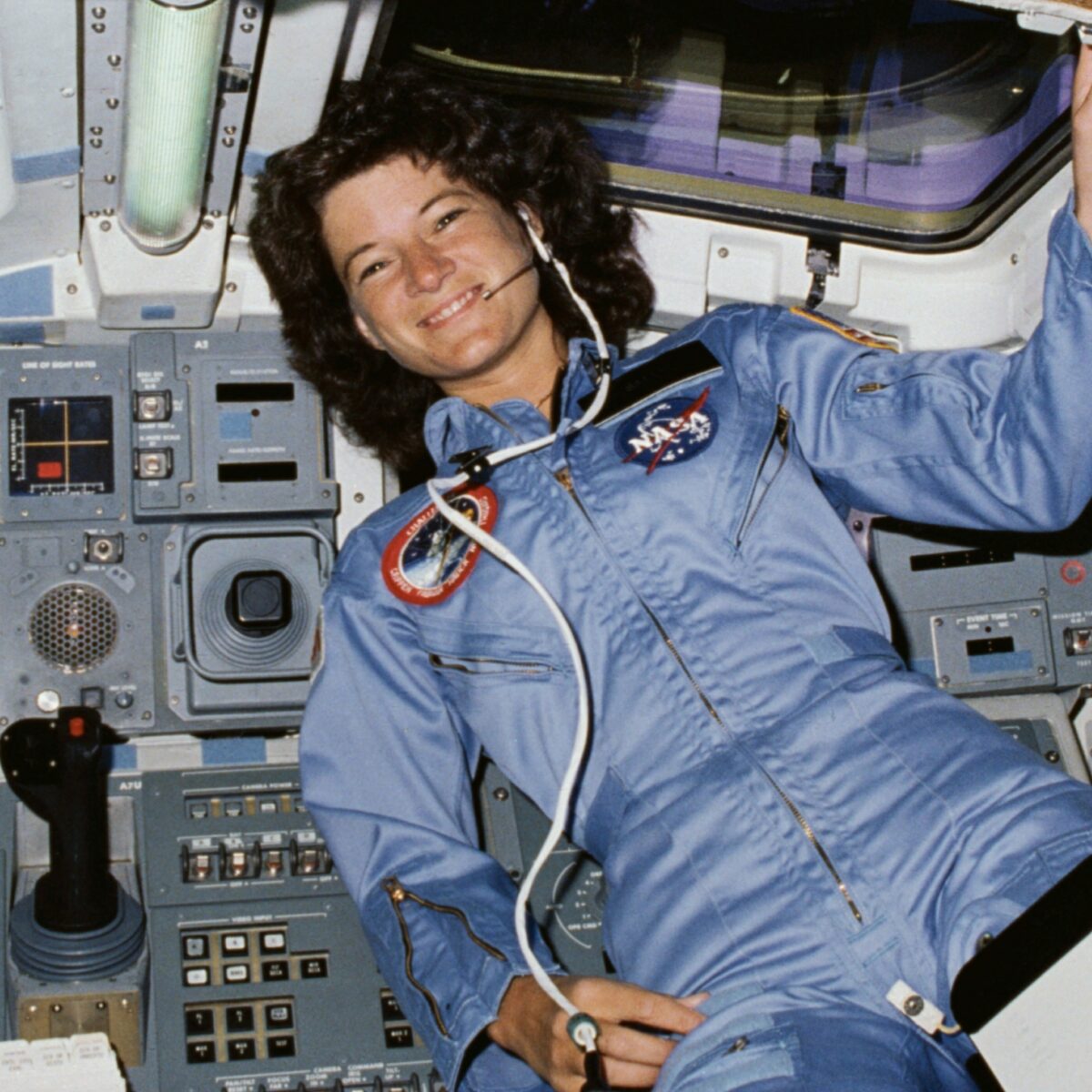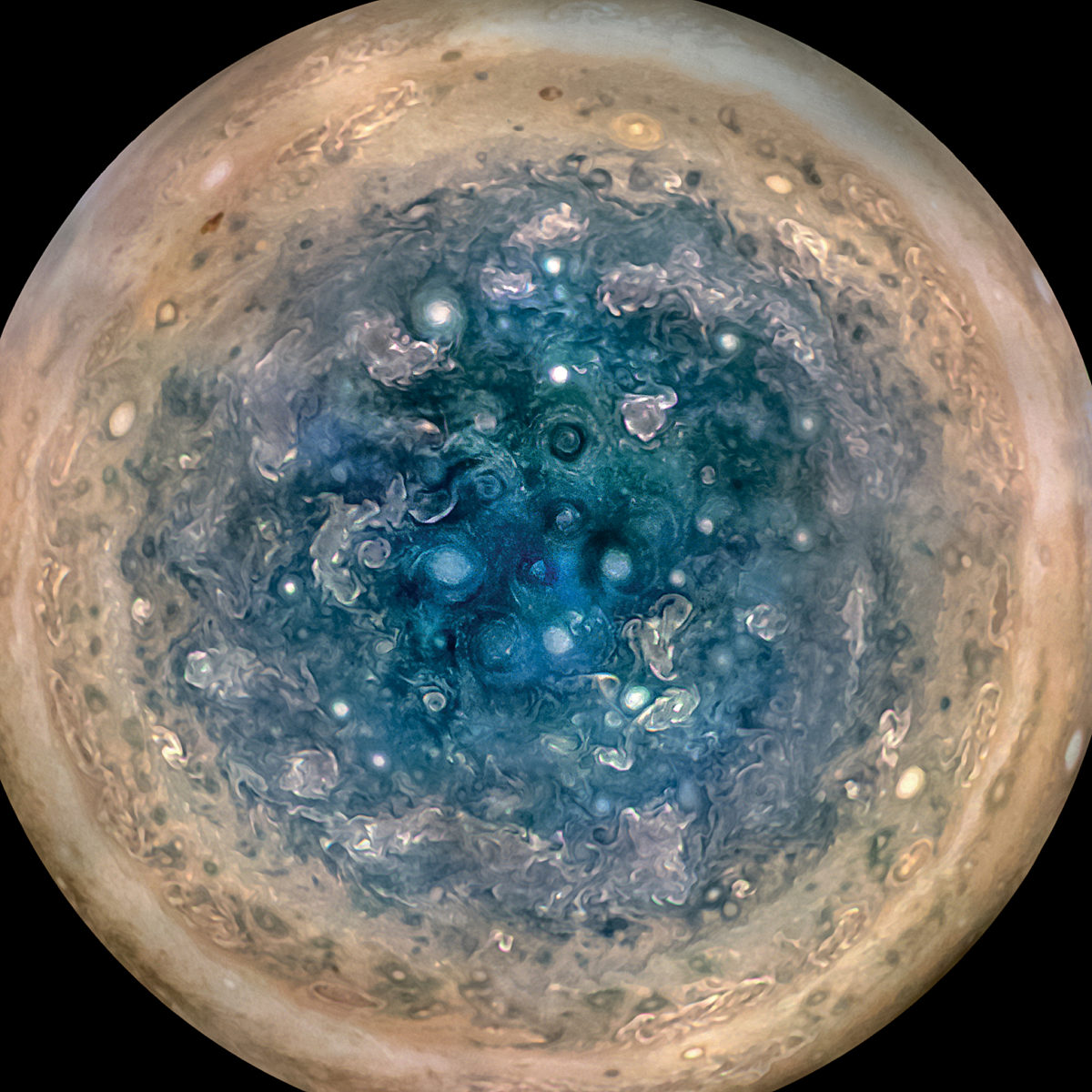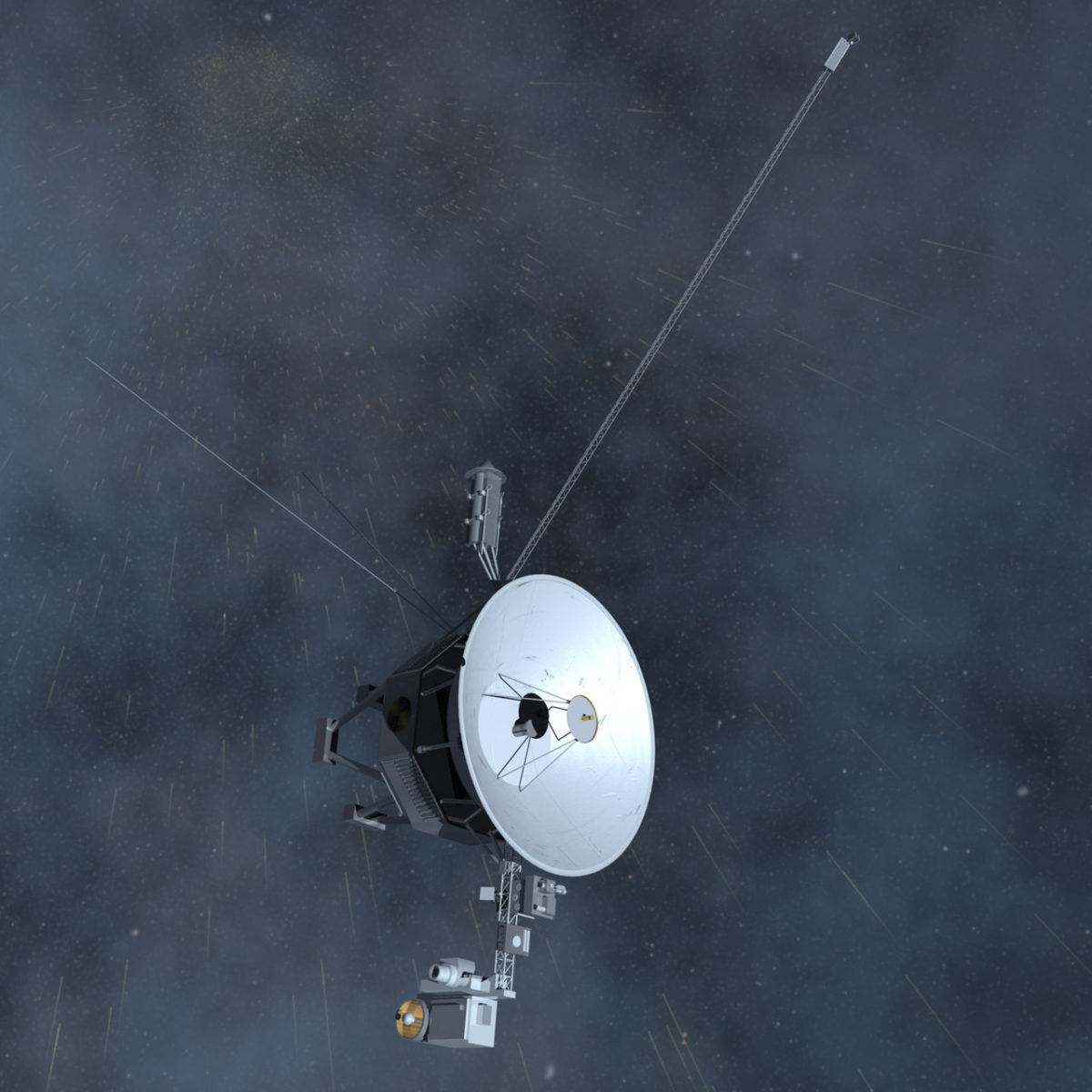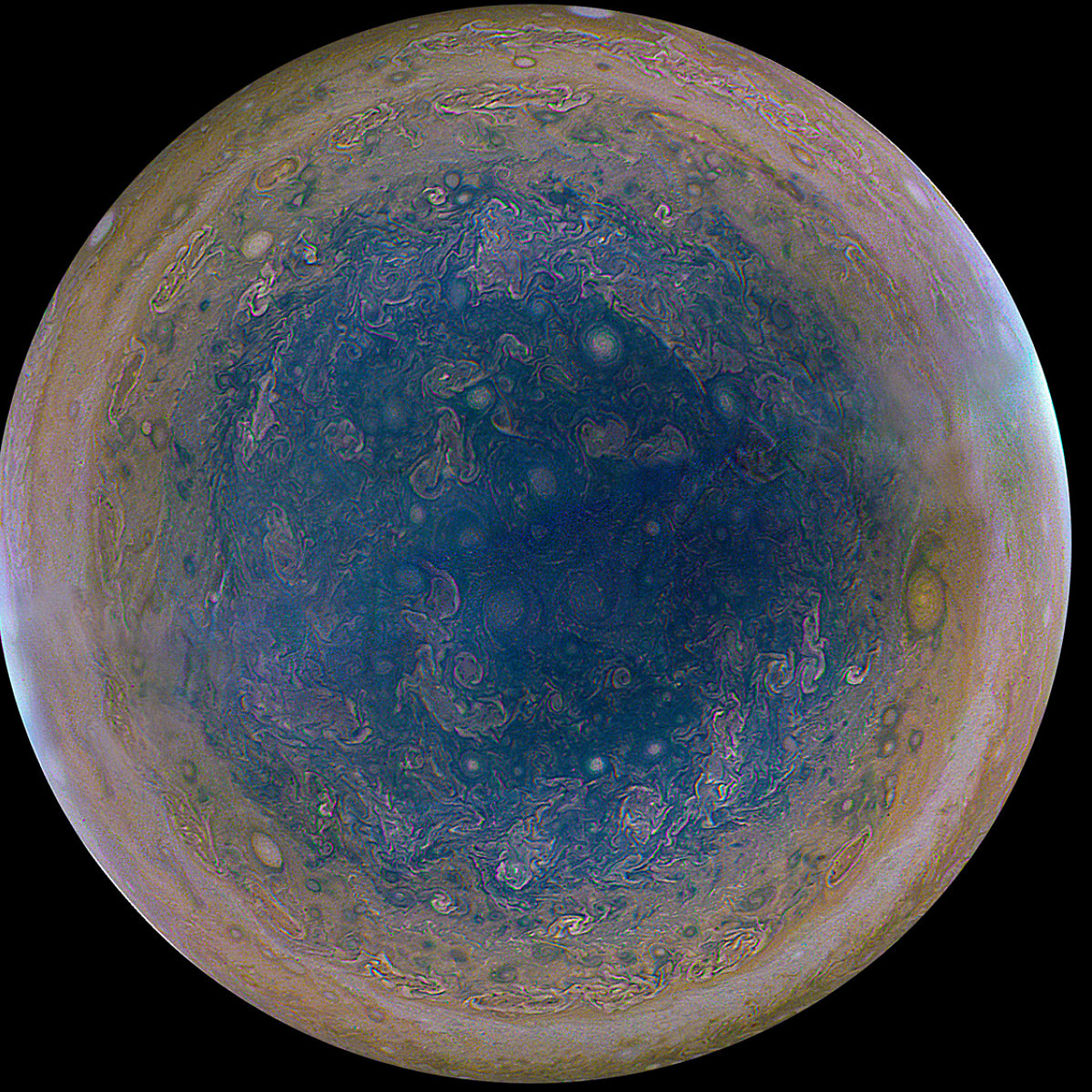Since 2002, Planetary Radio has visited with a scientist, engineer, project manager, advocate, or writer who provides a unique perspective on the quest for knowledge about our Solar System and beyond. The full show archive is available for free.
Search Planetary Radio
We discuss the delightfully unpredictable nature of space discoveries with Chris Lintott, author of the upcoming book Accidental Astronomy.
Sabine Stanley, author of the new book "What's Hidden Inside Planets?", discusses some of the amazing things that lie under the surfaces of the worlds in our Solar System.
Voyager project manager Suzanne Dodd and Voyager project scientist Linda Spilker discuss reestablishing contact with Voyager 2 and Carver Bierson from Arizona State University tells the tale of how Io went from a water-rich moon into a world with lakes of lava.
Join us as we celebrate the successful launch of the European Space Agency's Juice mission with project scientist Olivier Witasse.
Dive into the latest discoveries about Jupiter’s moons, Ganymede, Europa, and Io, with Scott Bolton, the principal investigator for NASA’s Juno mission.
Casey talks with experts about the 50th anniversary of the Pioneer 10 launch toward Jupiter and beyond, and why most outer planets missions since then have been so costly.
A first-ever encore of our wonderful conversation with the first American woman in space.
Principal investigator Hal Levison and colleagues prepare us for the launch of NASA’s Lucy spacecraft in an exclusive interview.
The Juno mission will continue its exploration of Jupiter till 2025, thanks to a four-year extension granted by NASA. Principal investigator Scott Bolton brings us up to date.
The author of The Martian introduces us to his terrific new novel and shares his thoughts about the current state of space exploration.
New research reveals why Earth is on its own in this solar system’s habitable zone where liquid surface water flows, but the same isn’t true across the galaxy.
Our look ahead at the near-future of solar system exploration continues with Mars, the giant outer worlds, and the smaller bodies that can be found throughout the neighborhood.
Juno mission principal investigator Scott Bolton provides an enticing taste of the Jupiter orbiter’s mind-bending discoveries.
A holiday edition of Planetary Radio welcomes the Planetary Society’s Senior Editor back from the annual meeting of the American Geophysical Union. Emily reports on amazing developments in planetary science she discovered at the huge conference.
It is most space fans’ favorite planetary science mission, and with good reason. We visit with the man who has been in charge of Voyager mission science for more than four decades.
How do you keep a dazzlingly complex spacecraft in good health after 20 years in space? That’s the challenge for Julie Webster and her team of engineers supporting the Cassini mission at Saturn.
Have you seen its stunning image of Jupiter’s south pole? The Juno orbiter is surpassing expectations and delivering surprising science. Scott Bolton, the mission’s Principal Investigator, is back with a thrilling report.
He walked with Neil Armstrong on the moon, but that may not be his greatest legacy. Buzz Aldrin was joined by other space stars at the recent Humans To Mars Summit.
Back to the annual meeting of the AAS Division for Planetary Sciences this week, where Mat Kaplan visited with experts on worlds of ice including Titan and Pluto, with a side trip to the dunes of Iran.
Host Mat Kaplan traveled to California’s Mojave Desert for a tour of Virgin Galactic’s The Spaceship Company, where the second SpaceShipTwo was built and is undergoing flight tests. TSC Executive VP Enrico Palermo was his guide.


 Explore Worlds
Explore Worlds Find Life
Find Life Defend Earth
Defend Earth